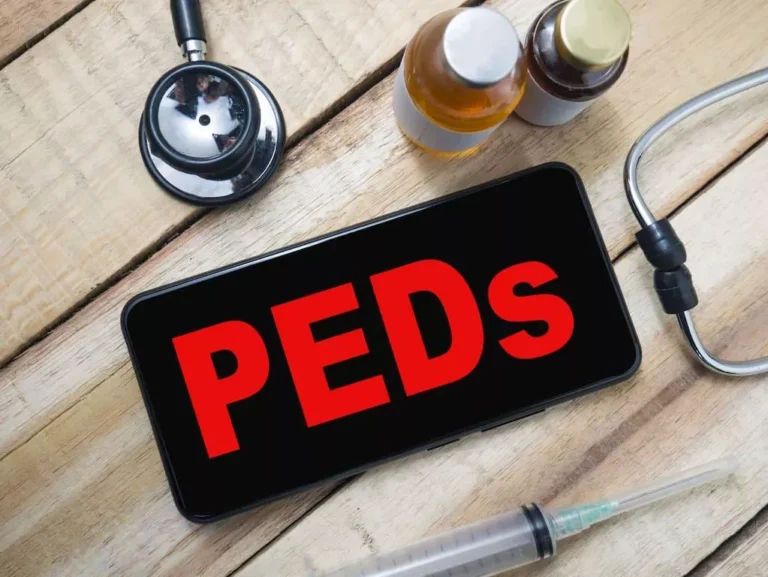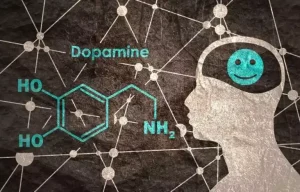
Screening tests are available to help you assess your drinking habits and relationship with alcohol. Understanding certain terminologies related to alcohol use will help facilitate a better understanding of the disorder. Traumatic childhood experiences, such as neglect or abuse, can also be a contributing factor. Alcohol use disorder can look different in each person, but there are some symptoms you can watch out for. Despite its prevalence, alcoholism often goes undiagnosed and untreated. Very high concentrations of alcohol in the blood can cause breathing problems, coma, or death.
Physical symptoms of alcohol misuse

Alcohol changes your brain chemistry, and when you drink heavily over a long period of time, your brain tries to adapt. If you suddenly stop drinking, your brain has to adjust again, causing these withdrawal symptoms. Not everyone with an alcohol use disorder develops a physical dependence to alcohol, but people may exhibit other physicalsymptoms. Because long-term heavy alcohol use can damage almost every organ in the body, a person with an alcohol usedisorder can develop an array ofalcohol-related diseases and disorders that cause many symptoms.
Physical complications of alcohol use disorder
As mentioned above, the DSM-5 says an AUD diagnosis requires at least 2 of the 11 symptoms of alcoholism listed above to have occurred within the previous 12 months. Alcohol use disorder is diagnosed on the basis of criteria defined in the fifth edition of the Diagnostic and Statistical Manual of Mental Disorders (DSM-5). The DSM is a guide that describes and classifies mental disorders, published and updated regularly by the American Psychiatric Association and used as a tool by medical professionals. The American Medical Association recommends a two-drink daily limit for people assigned male at birth (AMAB).
What are treatment options for alcoholism?
- Alcohol use disorder is a pattern of alcohol use that involves problems controlling your drinking, being preoccupied with alcohol or continuing to use alcohol even when it causes problems.
- Genetic, psychological, social and environmental factors can impact how drinking alcohol affects your body and behavior.
- Tolerance symptoms include a need to drink more than you once did to achieve the desired level of intoxication.
- Sober communities can help someone struggling with alcohol addiction deal with the challenges of sobriety in day-to-day life.
CBT helps you modify your thoughts and actions, while also learning alternative coping mechanisms. AUD refers to what is colloquially known as alcoholism, which is a term that the DSM-5 no longer uses. There are several treatment options available for AUD, and there’s no one-size-fits-all solution.

A person who is physically dependenton alcohol may also experience cravings — an intense need or desire to drink. Someone with an alcohol addiction who has remained sober for months or years may find themselves drinking again. They may binge drink once or drink for a period of time before getting sober again. It’s important that the person get back on track and resume treatment. Generally, however, the difference between alcohol misuse and AUD lies in looking at how a person drinks in the short term, as opposed to over a prolonged period of time. Alcohol misuse refers to single episodes during which you might drink excessively.

What Are the Symptoms of Alcohol Use Disorder?

When alcoholism is severe, an individual may develop a physical dependence on the drug. The Healthline FindCare tool can provide options in your area if you need help finding a mental health specialist. Many https://ecosoberhouse.com/ people addicted to alcohol also turn to 12-step programs like Alcoholics Anonymous (AA). There are also other support groups that don’t follow the 12-step model, such as SMART Recovery and Sober Recovery.
- Heavy drinking in and of itself doesn’t make someone an alcoholic.
- In the United States, the legal limit for driving under the influence of alcohol is 0.08 percent, except in the state of Utah, where it’s 0.05 percent.
- According to the National Institute on Alcohol Abuse and Alcoholism (NIAAA), heavy alcohol use is defined as consuming more than four drinks a day for men or more than three drinks a day for women.
- Or a doctor could prescribe drugs to assist with other emotions common in recovery.
- By Buddy TBuddy T is a writer and founding member of the Online Al-Anon Outreach Committee with decades of experience writing about alcoholism.
As harmful and debilitating as AUD can be for both the person with the disease and their loved ones, there are many approaches that you can take to manage the condition. Everyone’s road to recovery differs; treatments can occur in an inpatient or outpatient medical settings, individual or group sessions with therapists, or other specialty programs. Symptoms of dependence include becoming tolerant to some ofalcohol’s effects and experiencing withdrawal symptoms when alcohol is not consumed.
What’s the Difference Between Casual Drinking and Alcoholism?
- This makes you want to drink more often, even if it causes harm.
- If you suspect that you or someone you care about has an AUD, it may be time to seek professional help.
- Of the five subtypes, they rate highest for other psychiatric disorders and abuse of other substances.
- You might not recognize how much you drink or how many problems in your life are related to alcohol use.
- Alcohol use disorder is diagnosed on the basis of criteria defined in the fifth edition of the Diagnostic and Statistical Manual of Mental Disorders (DSM-5).
- Following detox, you may be encouraged to transition into either an inpatient or outpatient rehabilitation program for longer-term recovery work.
- Drinking at a young age increases the chance of alcohol use disorder in some people.
Sober communities can help someone struggling with alcohol addiction deal with the challenges of sobriety in day-to-day life. Sober communities can also share relatable experiences and offer new, healthy friendships. And these communities make the person with an alcohol addiction accountable and provide a place to turn to if there is a relapse. Studies show most people with this condition recover, meaning they reduce how much they drink, or stop drinking altogether. They may start drinking to cope with stressful events like losing a job, going through a divorce, or dealing with a death in their family or a close friend. Talk to your healthcare provider if you’re under stress and think you may be at risk for relapse.
Risk Factors
The most in-depth care allows you to live full time at a treatment facility. These setups can also work along with 12-step programs such as Alcoholics Anonymous. Relating to other people with substance abuse issues may help someone break through denial and begin to recover. As soon as the warning signs of alcoholism have become apparent, it is best to seek treatment right away and not wait for the disease to progress further. When alcoholism starts to affect day-to-day life, an intervention is needed.
Roughly 80% are from families that struggle with multigenerational alcoholism. Too much alcohol affects your speech, muscle coordination and vital centers of your brain. A heavy signs of alcoholism drinking binge may even cause a life-threatening coma or death. This is of particular concern when you’re taking certain medications that also depress the brain’s function.